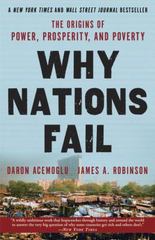Question
A corporation produces output with a market price of $200 per unit. The marginal product of capital is 1/(2K), where K is units of capital,
A corporation produces output with a market price of $200 per unit. The marginal product of capital is 1/(2K), where K is units of capital, with each unit assumed to cost $1. (So when we talk about capital in this problem, units and $ value are equivalent.) The life span of the capital is 5 years, implying the straight line depreciation rate =.2. The financing cost of capital is =.05.
a. If depreciation and financing costs are not included in accounting costs, what is the optimal level of capital for the firm?
b. If the corporate tax is 35%, what is the optimal level of capital?
c. If depreciation at a rate =.2 is included in accounting costs, what is the optimal level of capital? [Hint: remember to calculate the present value of the deduction. Use .05 for the discount rate.]
d. For c., what is the effective corporate tax rate?
e. The firm is going to borrow the money for its capital purchases. The interest paid on the debt can be added to accounting costs. Suppose it turns out that the present value of this expense is .10 for every dollar of capital purchased. What is the optimal level of capital now?
f. For e., what is the effective corporate tax rate?
Step by Step Solution
There are 3 Steps involved in it
Step: 1

Get Instant Access to Expert-Tailored Solutions
See step-by-step solutions with expert insights and AI powered tools for academic success
Step: 2

Step: 3

Ace Your Homework with AI
Get the answers you need in no time with our AI-driven, step-by-step assistance
Get Started


